Have you ever wondered what makes the butcher knife a staple for chefs and butchers? It’s known for its strength and versatility, making it ideal for different meat preparation tasks.
It’s not just a large, intimidating blade; it’s a precise tool designed for much more than slicing meat. No wonder it’s ranked as the 1763rd most traded item in the world.
Whether you’re an aspiring chef, a BBQ enthusiast, or just curious about kitchen tools, here’s something you should know: a butcher knife can transform how you prepare meals. Let’s explore what makes this knife unique and how it can elevate your kitchen skills!
What is a Butcher Knife?
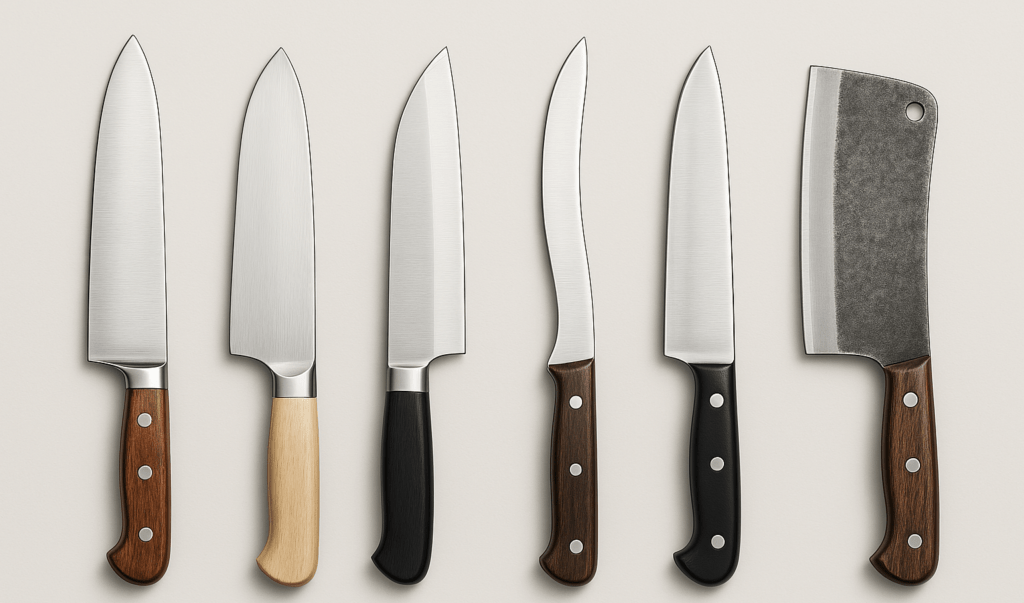
The main purpose of a butcher knife is to “butcher” or dress animals. However, it serves a variety of functions. These days, they come in different materials, styles, and handle designs. Butcher knives are very sharp and feature a targeted design, in contrast to ordinary blades.
You can also use it for outdoor activities like camping and RVing. For barbecue and adventure lovers, a multipurpose butcher knife can quickly chop, split, and strip meat.
Anatomy of a Butcher Knife
Most butcher knives are made from stainless or high-carbon steel, known for their durability and sharpness. To understand their design, let’s break down the key parts that make up a typical butcher knife:
The Blade
The top butcher’s knives are composed of high-carbon stainless steel. Users prefer them since they are a durable metal that will maintain their edge for a long. The most typical lengths range from 8 inches to 12 inches.
The Tip
In this context, the tip comprises the point and is referred to as the first third of the knife. Most butchers and chefs use it for slicing and fine cutting.
The Heel
The edge of the butcher’s knife stretches from the tip to the point where the blade and handle connect. This is the knife’s broadest and strongest area. It’s also the section of the blade primarily used to cut through tough foods like chicken bones, carrots, and nuts.
The Spine
The “spine” of the blade runs along the back of the knife, parallel to the edge. Since spines also go down people’s backs, this is one of the most logically named portions! The thickness of the spine affects the knife’s overall strength and stability.
The Bolster
The bolster is the thick metal section where the blade joins the handle. When cutting down, the part facing up near you will be the bolster. Its purpose is to balance the knife so that cutting is safer and easier by preventing your fingers from sliding.
Although not all blades have a bolster, most of the greatest butcher’s knives do. It means that, instead of being stamped from a sheet of metal, the knife was forged from a single piece of steel.
The Handle
Some knives have wooden handles, and others are made of steel, plastic, or another material. The most important feature is a non-slip blade. You don’t want your butcher knife to fall from your hands and injure someone. Generally speaking, wooden handles are more conventional than others.
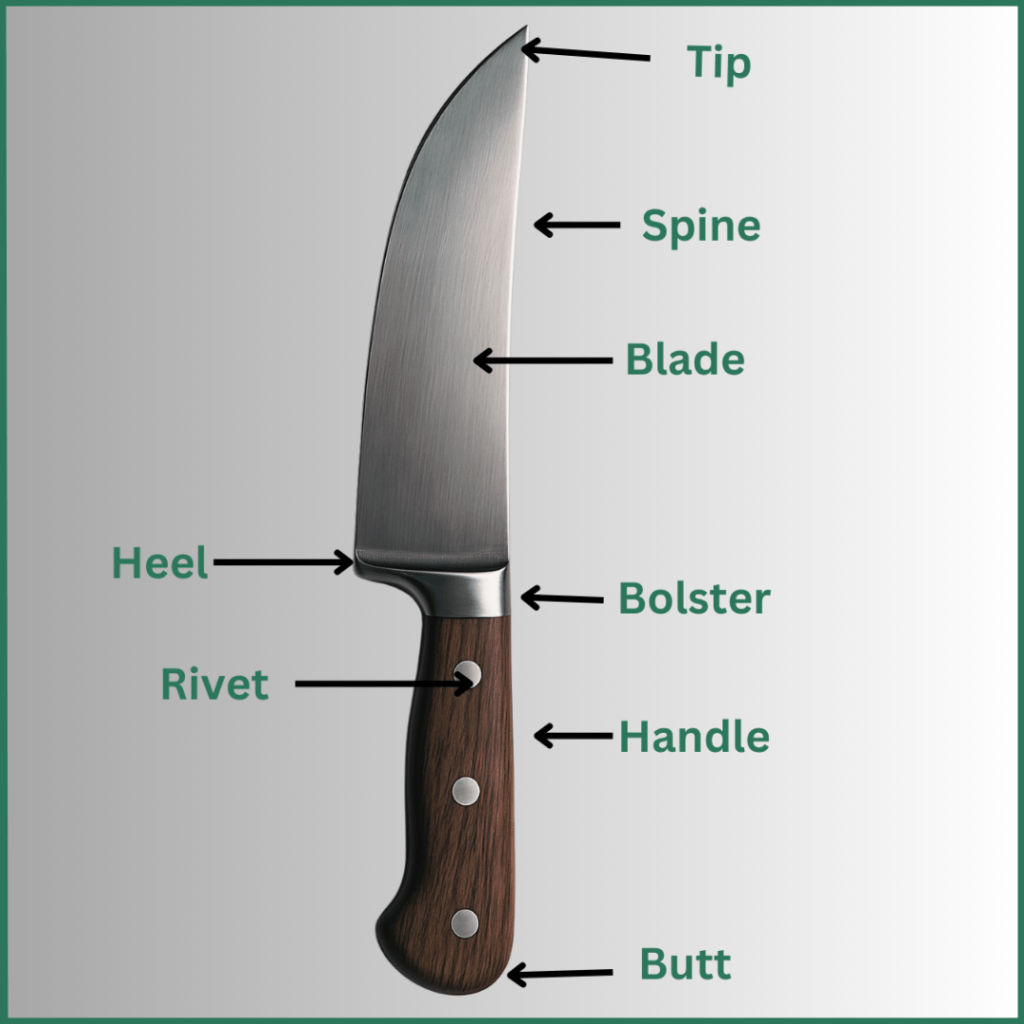
What is a Butcher Knife Used for? Primary Uses and Functions
Butcher knives are used for various purposes, such as cooking and utility. Here are a few ways you can use them:
- Dicing Salted Pork
You can chop salted pork using a butcher knife. If you want a more accurate cut, try using a butcher knife, as it is made to make chopping and dicing meats a breeze. A butcher knife can be used to dice the salted pork both horizontally and vertically.
- Cutting Cooled Meats
Cooled meats are difficult to cut. Therefore, it would be best if you used a durable and user-friendly knife. This is where a butcher knife comes in. It will save you time and cut through the meat with ease.
If you are camping with mostly cooled and frozen meats, a butcher knife is a companion you can’t do without.
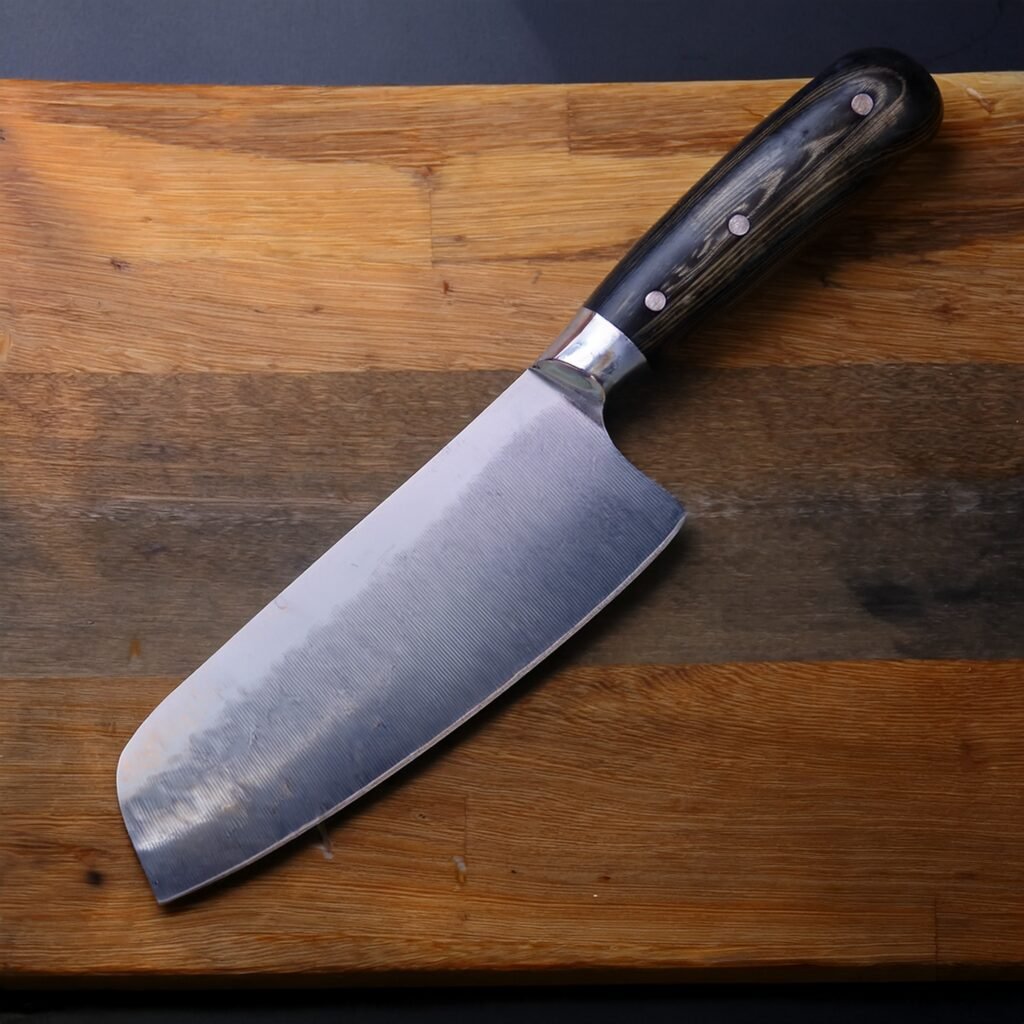
- Cutting Steaks
When cutting steaks, a butcher knife helps you save time thanks to its speed and effectiveness. Part of eating is chopping food into the right portions, especially on camping trips. You don’t need to give it up.
- Trimming Raw Meat
Additionally, you may trim the uncooked meats using the butcher knife. It may seem like a simple task, but if you make a mistake, the entire dining experience will be ruined. To chop meat into exact pieces, use a butcher’s knife
Proper Handling and Safety Tips When Using a Butcher Knife
Safety should always come first When working with a butcher knife. These knives are designed for serious cutting, and their size and sharpness can easily cause injury if you’re not careful. But don’t worry! The following safety practices can help you avoid accidents:
- Always Use a Stable Cutting Surface
Make sure you’re working on a sturdy, non-slip cutting board. It’s a no-brainer, but it’s worth repeating. If your board is sliding while you slice tough meat, you may lose control of the knife.
- Keep the Knife Sharp
A dull knife is more dangerous than a sharp one. It may sound counterintuitive, but it’s true!
With a sharp butcher knife, you can cut through meat and bone smoothly, making precise cuts with less force. A dull blade requires more pressure, and when it finally gives, it could slip and cause an accident.
- Use a Proper Grip
The way you hold your butcher knife plays a massive role in safety. Always grip the handle firmly with your dominant hand, and make sure your other hand is clear of the cutting path. Grip the knife with your thumb and index finger on the blade (the metal part of the handle).
- Keep Your Fingers Out of the Way
This may sound obvious, but it’s easy to forget when you’re deep into butchering meat. Always keep your fingers tucked away from the blade.
Conclusion
A butcher knife is much more than just a big, sharp blade. It’s a kitchen powerhouse designed to tackle tough cuts of meat and make your butchering tasks smoother. A good butcher knife makes a big difference whether you are breaking down a whole chicken or trimming fat from a roast.
With the right techniques, a well-kept butcher knife can last for years. Remember to follow the proper handling tips and use the knife correctly.
So, if you have always wanted a butcher knife in your collection, here’s the time to do so. And if you already have one, maybe it’s time to put your butcher knife to work.

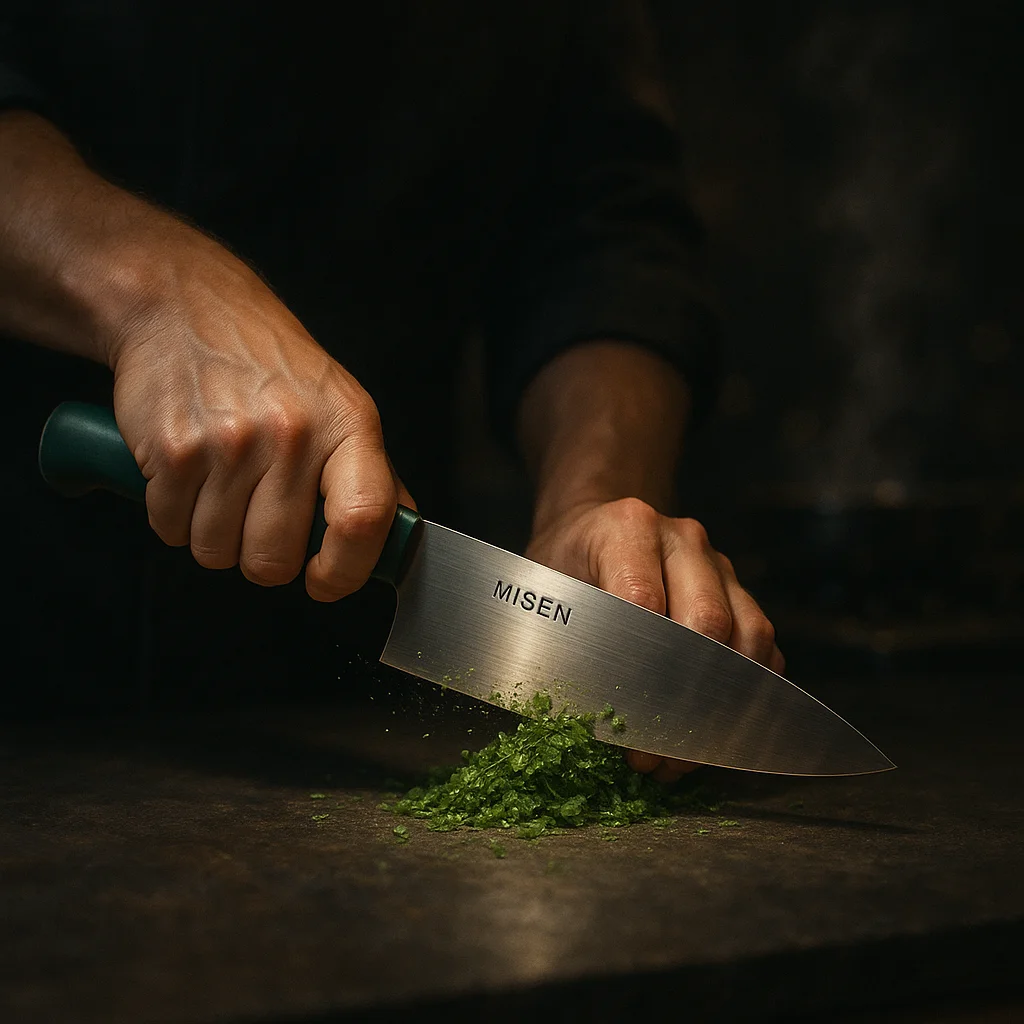
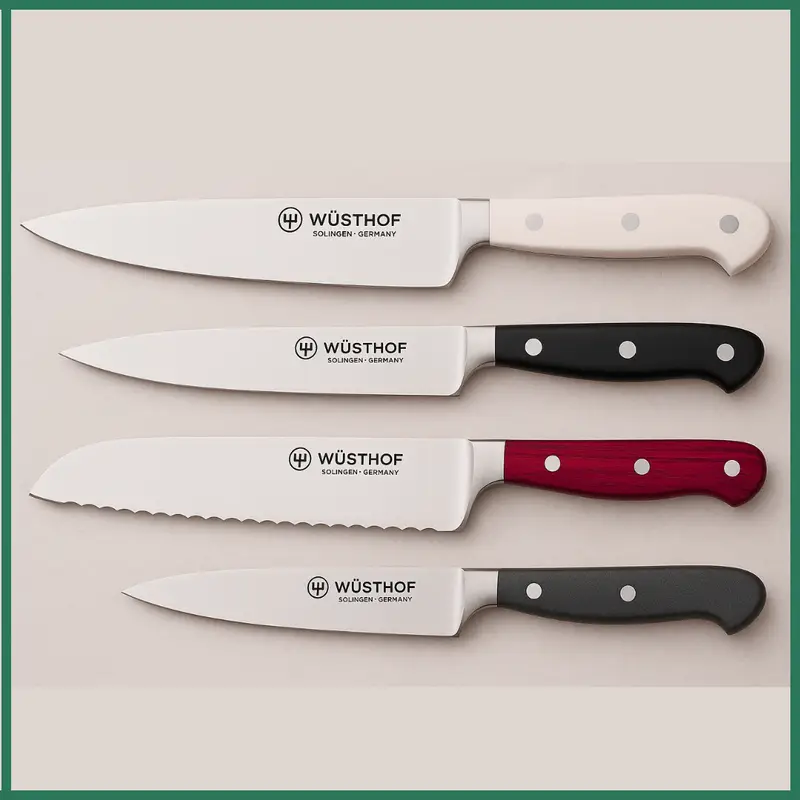
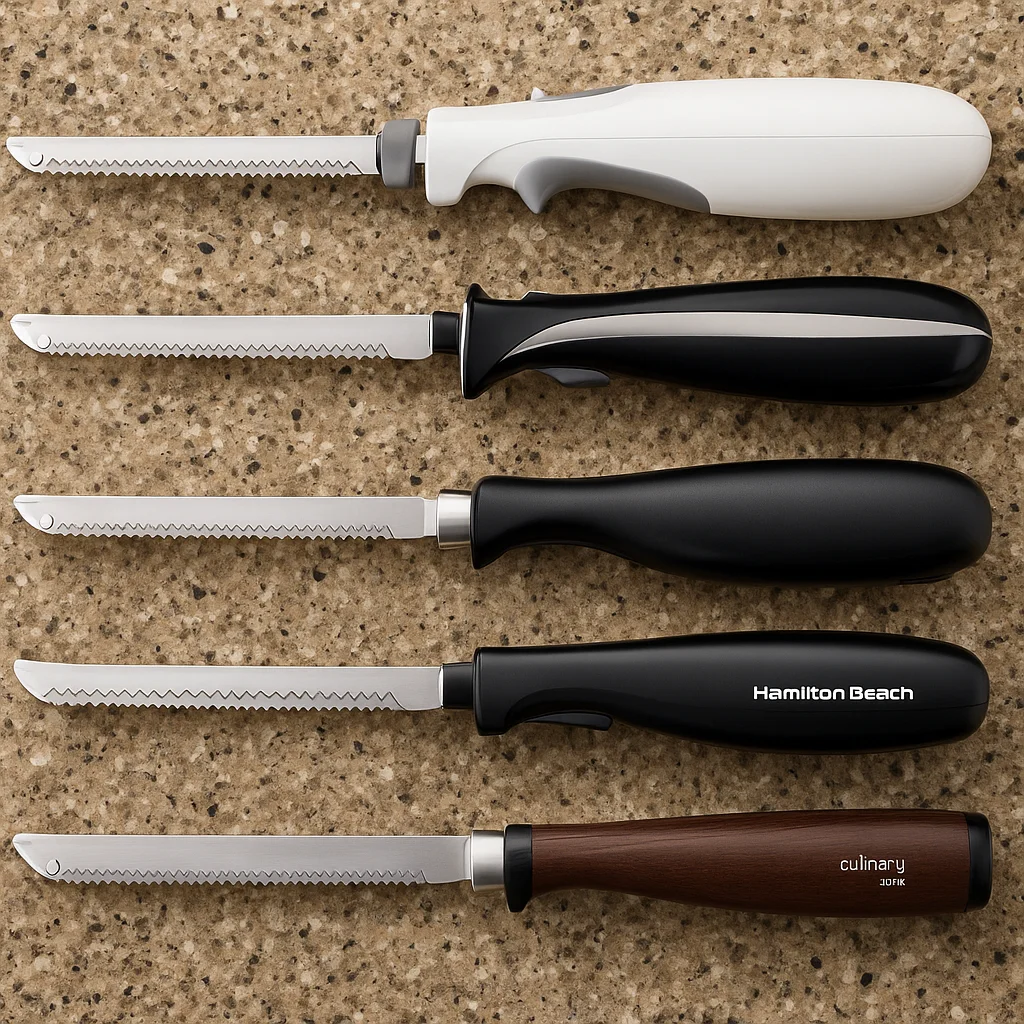
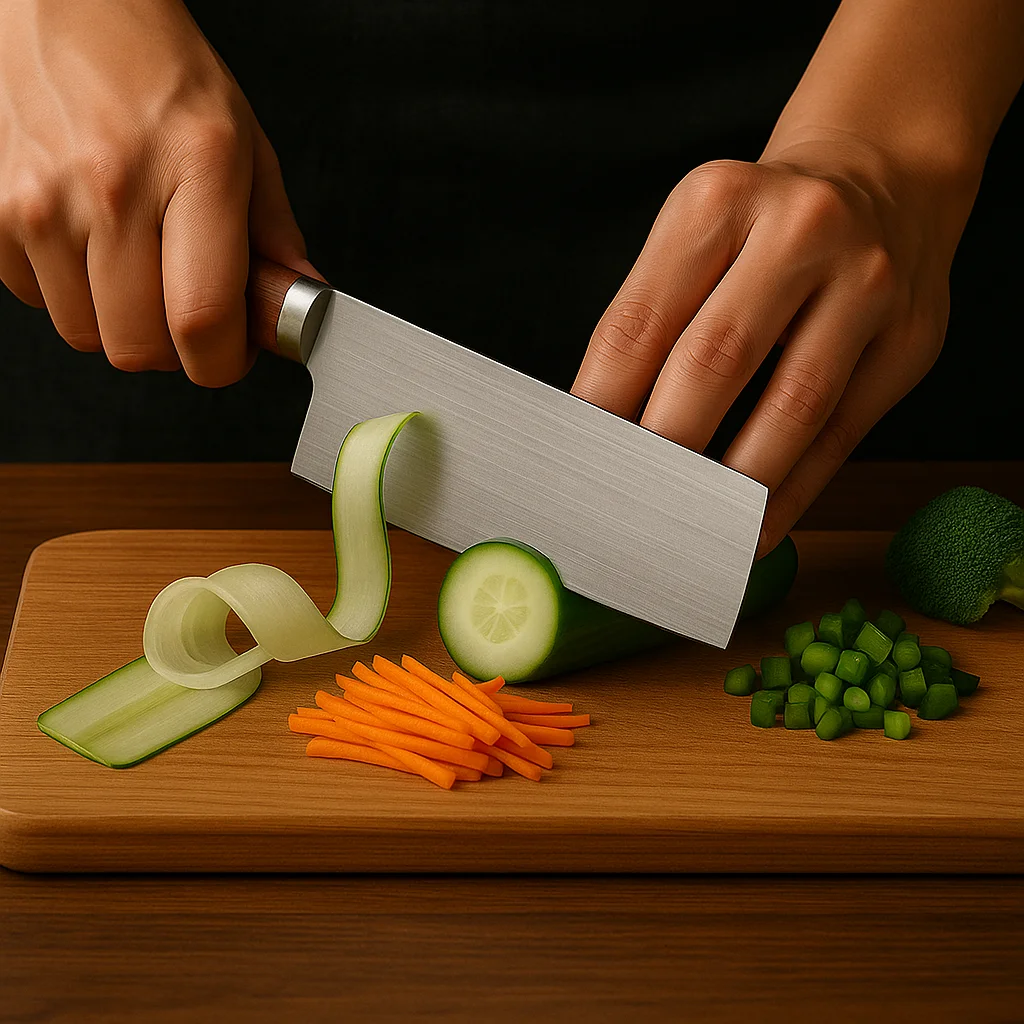
Leave a Reply